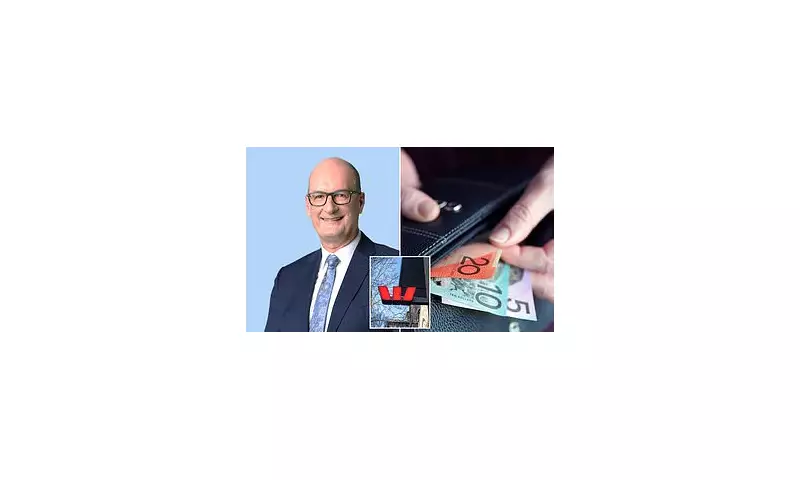
Mortgage Shock as Major Bank Pushes Up Fixed Rates
In a move sending ripples through the property market, Westpac has quietly increased its fixed home loan rates, prompting a grim warning for millions of mortgage holders. Financial commentator David 'Kochie' Koch has interpreted this decision as a potential signal that the bottom of the interest-rate cut cycle has been reached, dashing hopes for relief in the near future.
The Specifics of Westpac's Rate Adjustments
The bank's changes are precise and impactful. Westpac will lift one-year fixed loans by 0.05 percentage points to 5.34 per cent. More significantly, two-year fixed rates will jump by a substantial 0.35 points, also landing at a starting rate of 5.34 per cent. Furthermore, the bank's three-year fixed mortgage product is not immune, rising by 0.10 points to a new base rate of 5.49 per cent.
David Koch, who serves as the economic director at Compare the Market, stated that this strategic move by the bank strongly suggests that financial institutions are bracing for a prolonged period of higher inflation. This outlook implies far fewer interest rate cuts than anxious homeowners had been banking on.
A Warning Sign for the Economic Outlook
'This could be an ominous sign for a lot of Australians hoping for an interest rate cut in the first half of next year,' Koch cautioned. He elaborated that the bank's decision aligns with a 'really good argument' that the country has hit the floor of the cutting cycle. He pointed to the Reserve Bank's November statement, which highlighted that underlying inflation is expected to remain above the 3 per cent target before a gradual easing back to 2.6 per cent by 2027.
'If they keep trending above the 3 per cent target range that the Reserve Bank is comfortable with, well, this could be the end of any rate cuts into the future,' Koch explained. He delivered an even starker possibility, adding, 'And if the CPI figure jumps considerably higher than 3 per cent towards 4 per cent, well there could be an option that rates go up next year'. This scenario is driven by the central bank's acute worry that inflation could spiral out of control, meaning we could be entering a phase where rates either stay flat or potentially rise again.
The Complicating Factor of Rising Unemployment
However, Kochie noted that the economic picture is not entirely one-sided. While Westpac's rate hikes point towards the bottom of the cycle, the recently rising unemployment rate introduces a complicating factor. The jobless rate hit a four-year high of 4.5 per cent in September. Kochie suggested that a sharp further rise from this level could force the central bank to shift its priorities.
'Remember, the Reserve Bank has two jobs – keep inflation under control and keep Australians in work,' he said. 'So, if there's a big jump in the unemployment rate, you might see the Reserve Bank thinking to itself, "okay, we'll sacrifice inflation and the problems with inflation, to keep Aussies in work" and will cut rates.' This creates a tense balancing act for policymakers, caught between the dual threats of persistent inflation and a weakening labour market.





